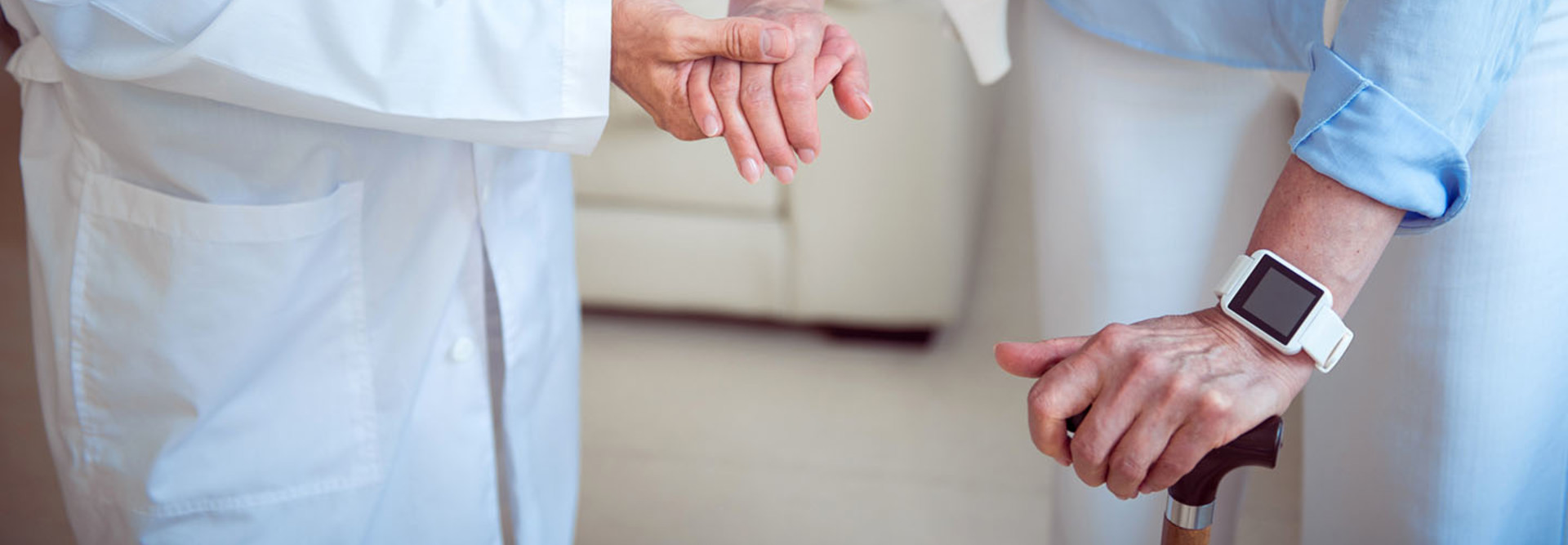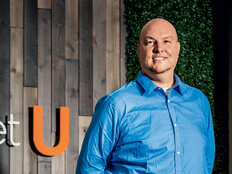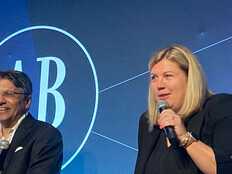Wearables Pilot Breaks New Ground in Data Analytics
Senior living communities have known for years that a tidal wave of baby boomers was on its way. The big surprise now is not that it’s arrived, but that this group of older adults is carrying notebook computers and smartphones. It’s a generation that came of age in a digital world, and it will soon come to senior care with technological expectations.
These incoming residents “are more technologically savvy” than ever before, says Gary Marsh, CEO of Masonic Homes of Kentucky. “They’re asking about the internet and wireless access. They want to know that we’re technologically adept too.”
Fortunately, Marsh says, Masonic Homes does have “tech know-how,” and he sees that as a key business differentiator for the community’s living options in Louisville, Ky., and elsewhere. But now, he says, his company is raising the bar: Masonic Homes has joined three other senior care providers and a firm called Big Cloud Analytics (BCA) to investigate ways that technology might boost residents’ health.
Insight Through Analytics
In a pilot program initiated by CDW, the providers are equipping senior volunteers with watch-like “wearables” that monitor their heart rates, record their steps and track their sleep. Participating residents also receive tablet computers, which capture that information and store it on a server.
BCA enters the picture with a technology the company calls “Covalence Health Analytics.” BCA’s platform sifts through the wearables data to analyze and report on the activity of individuals and to identify health- and wellness-related trends occurring within specific senior populations.
That type of analysis is possible, says BCA’s CEO J. Patrick Bewley, because at the start of the program, pilot participants answered a series of questions about their current health status. Questions covered not only demographic information, such as age and gender, but also whether participants have any diseases, use certain types of medications or use a CPAP machine when they’re sleeping, for example.
Bewley’s company employs algorithms that combine this metadata with biometric information pulled from the wearables, as well as other information provided by each community, such as typical meal times and exercise class schedules. All that’s left, then, is to drill into the details — to create, for instance, graphically illustrated heat maps displaying individual activity levels, or population-level charts showing sleep times for diabetics or “steps taken” among those who rely on scooters to get around.
From Data to Solutions
That issue of mobility, in fact, was perhaps the biggest challenge that Bewley’s team faced as they considered ways to use wearables in senior care. If residents use a cane, a walker or a wheelchair, for example, activity trackers can’t measure the number of “steps” or determine the “typical” activity level for seniors who use such aids. Commercial wearables, Bewley explains, are designed for the general population — not for older adults who may have difficulty walking.
Even so, Bewley and his colleagues did find a solution: They’re taking the information from the pilot — an estimated 50,000 to 70,000 data points from each person, each day — and using it to establish a range of “new norms” that more accurately describe the senior population. Eventually, that could provide information such as “here’s how far a person who uses a cane can be expected to walk, or here are ‘average steps’ for someone in a wheelchair,” Bewley says.
For senior care leaders like Marsh, that kind of insight could prove groundbreaking, especially as the “silver tsunami” gains speed. “Offering wireless to our residents is one thing,” Marsh says. “With technologies like this, maybe we’ll improve their lives.”
To learn more about new approaches to care in senior communities, read “Technology Innovations in Senior Care.”









